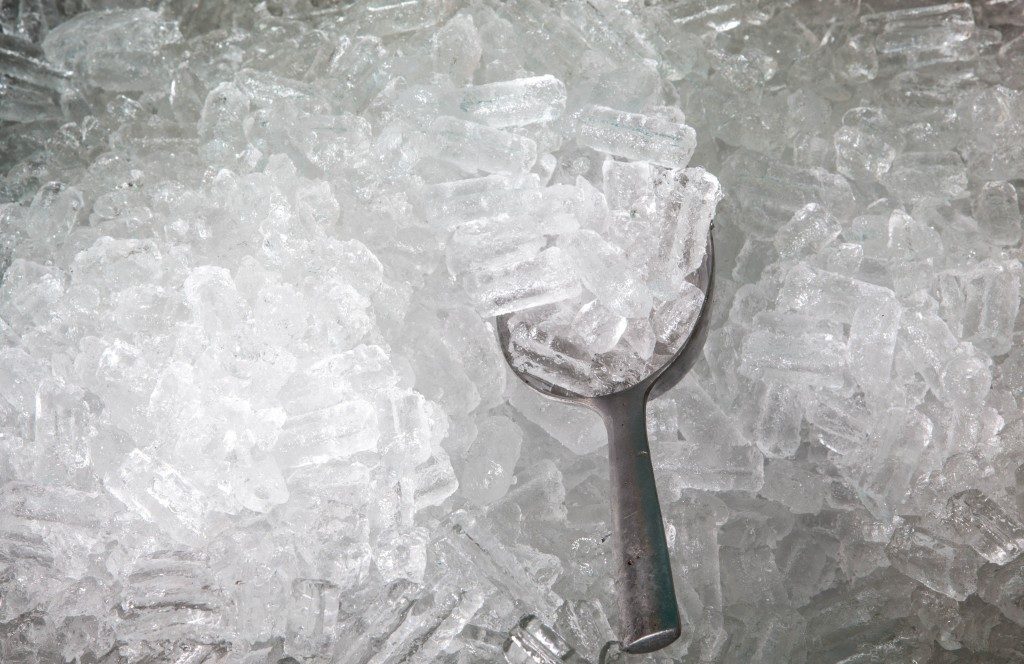By this time, many may have already seen the Disney movie “Frozen.” The sisterly love between Ana and Elsa inspired a lot of viewers and the film’s catchy tunes have been harder to forget. What many may have also found interesting about the movie was Kirstoff’s business venture: ice trading. One Quora user even asked if the venture, which involves harvesting blocks of ice from frozen lakes, hauling them a sled, and selling them, is based on a real-life industry
The answer is yes.
Meet the Ice King
Before there were refrigerators and air conditioning units, people relied heavily on harvested ice to stay cool in warm weather and preserve their food. The frozen water trade, as they called it, started in the 19th century with Frederic Tudor, a gutsy businessman from Boston. New England was a fairly frozen land, so Tudor had the ingenious idea of harvesting large amounts of ice and shipping it to places with warmer climates.
As Tudor voyaged to the West Indies hauling 80 tons of ice, the commercial ice industry was born. Although much of it melted into worthless liquid, a large chunk of the ice remarkably survived the journey. The concept of bringing a certain good to a region where it’s not available is a million-dollar idea, so Tudor didn’t predict the reception from the Martinique locals. People met him with blank stares because they didn’t know what to do with ice.
Grit, with a Little Dash of Wit

Despite his initial failure and the mockery he received from the press, Tudor still pursued his idea. His business suffered from two main obstacles: transport and storage, so he spent years improving his ice preservation techniques. He discovered that sawdust can serve as effective insulation and that he can get it for free from lumberjacks. He minimized melting by packing the ice tighter and putting sawdust in between blocks. Tudor also built large ice houses throughout the Carribean so he can properly store his goods when he arrives at the destination.
In 1833, Tudor managed to bring 180 tons of well-insulated ice to Calcutta. The four-month-long journey was worth it; the British had just colonized India and were suffering from the unfamiliar heat. By mid-century, Tudor’s ice reached as far as Rio de Janeiro, Singapore, and Hong Kong.
The Ice King, as the world knew him, died a millionaire in 1864.
How Frederic Changed the Future
Today, ice harvesting is no longer as strong and salient because of technological inventions. In places where the industry is still alive, they use modern equipment like mechanized tools and bigger vehicles, such as forklifts, Argo amphibious extreme utility terrain vehicles, and tractors that are suitable for ice.
Despite its obsolescence, the ice trade has far-reaching impacts on America’s culture and way of living. Tudor was the one who transformed ice from a luxury to an everyday necessity. He paved the way for the technologies of artificial chilling and caused America’s penchant for chilled drinks and frozen food. So if you love your frozen margarita, raise your glass and say, ”Thank you, Ice King.”

